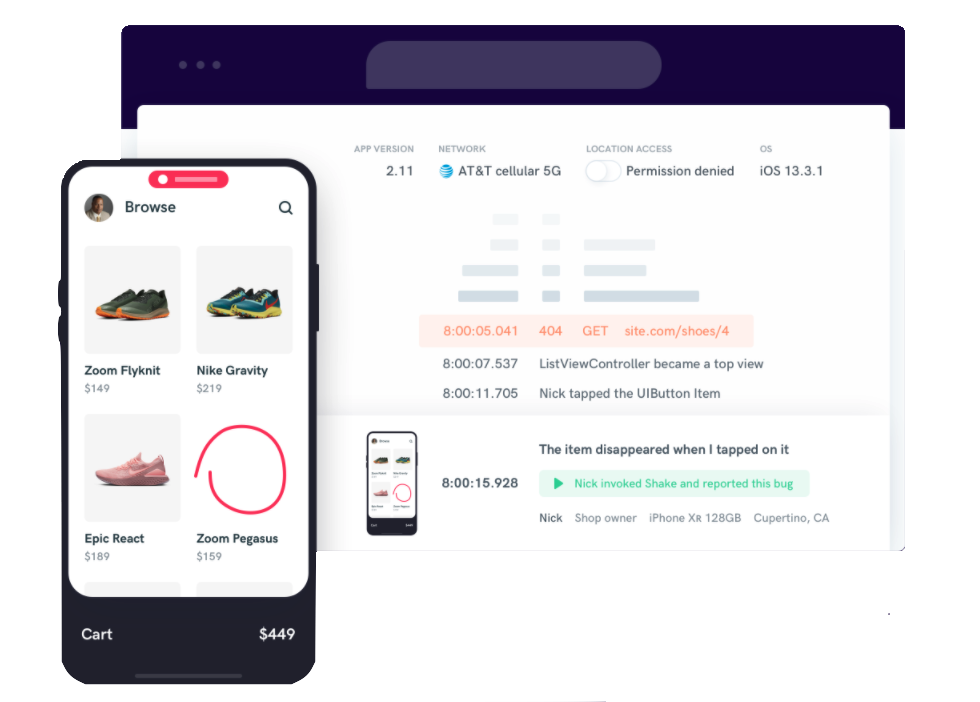Do you want to improve your iOS development skills? Then look no further. I’ve collected some must-know tips that are going to boost your efficiency, productivity, and code quality.
1. Let Xcode Take Care of Refactoring
You should definitely learn how to use the built-in refactoring tool in Xcode. It is a really nice time saver for the most common refactoring tasks.
For instance, you can use it to rename a piece of code everywhere. The renaming feature finds all the places in which the specific piece of code is used and renames it how you like:


This is just one example. Make sure to learn the rest of the super-handy features in under 4-minutes:
2. Automatize Code Styling
There are as many coding styles as developers. To keep it all together, you need to abide by the best coding practices and keep your code readable. This is a difficult task as there are already a bunch of things to keep in mind.
This is where linters come in handy.
A linter is a tool that points out programming errors, bugs, styling issues, and suspicious constructs. It can be used to enforce a common coding style and best practices. Linting is very common in software development, and you can’t avoid it. So make sure to start using one right away.


In Swift, the most common linter is called SwiftLint. It is super easy to set up. I’ve written a 5-minute guide for you to learn all the basics of linting + setting it up for your project.
3. Take Bug-Fixing to Another Level
Fixing bugs quickly is crucial for your app’s success. Unfortunately, identifying and resolving them is a quite tricky and inefficient process. Luckily, there is a tool called Shake. With Shake, you can streamline the bug-reporting process and get way better data, allowing you to resolve issues a lot quicker.


All you need to do is enable Shake’s API in your app. After doing this your users can submit comprehensive bug reports by just shaking their phones. It is all that simple. Better yet, you can try it for free!
4. Use Version Control
Whether you’re a solo developer or a team, you need to learn how to use version control. It is one of those things that takes a while to master, but is inevitable to learn so why not start adapting it to your iOS development routine right away?
Imagine working on an iOS app with a team. Each member of the team is remotely making changes to the codebase. Now the question is how do you combine everyone’s changes safely and efficiently? Or how do you revert someone’s change that broke the app? What if you want to see an overall view of how your project has evolved over time?
This and countless other questions are addressed by version control. Luckily, one of the leading version control systems, Git, is integrated into Xcode.
Before learning how to use Git version control in your app, I recommend you learn the basics of Git in the first place:
Once you’ve got the basics try to start using version control in your app with this tutorial:
Thanks for reading! I hope you learned something useful related to iOS development. Feel free to share the article anywhere to make others find it too.
Watch Also
Learn some Swift programming tips too: